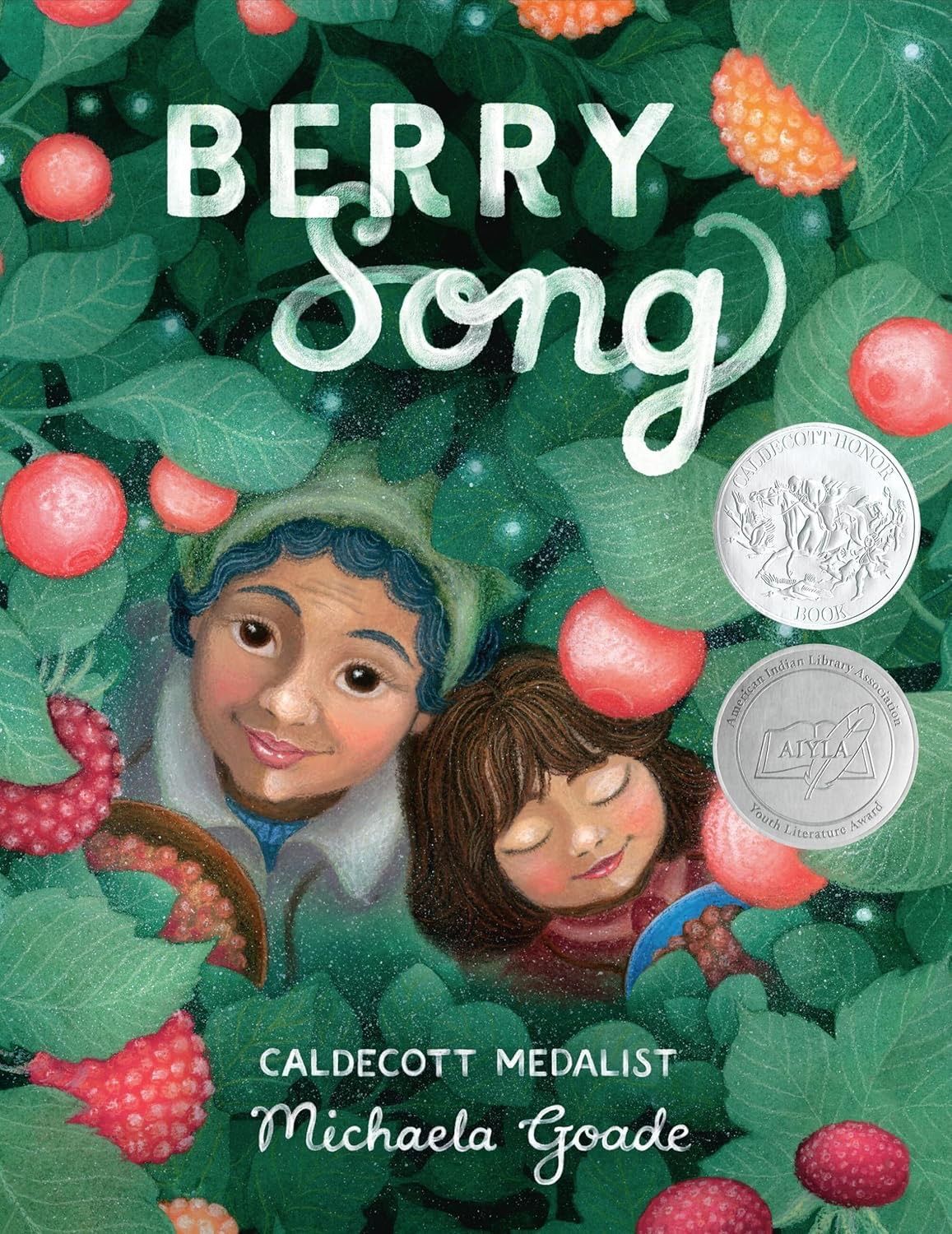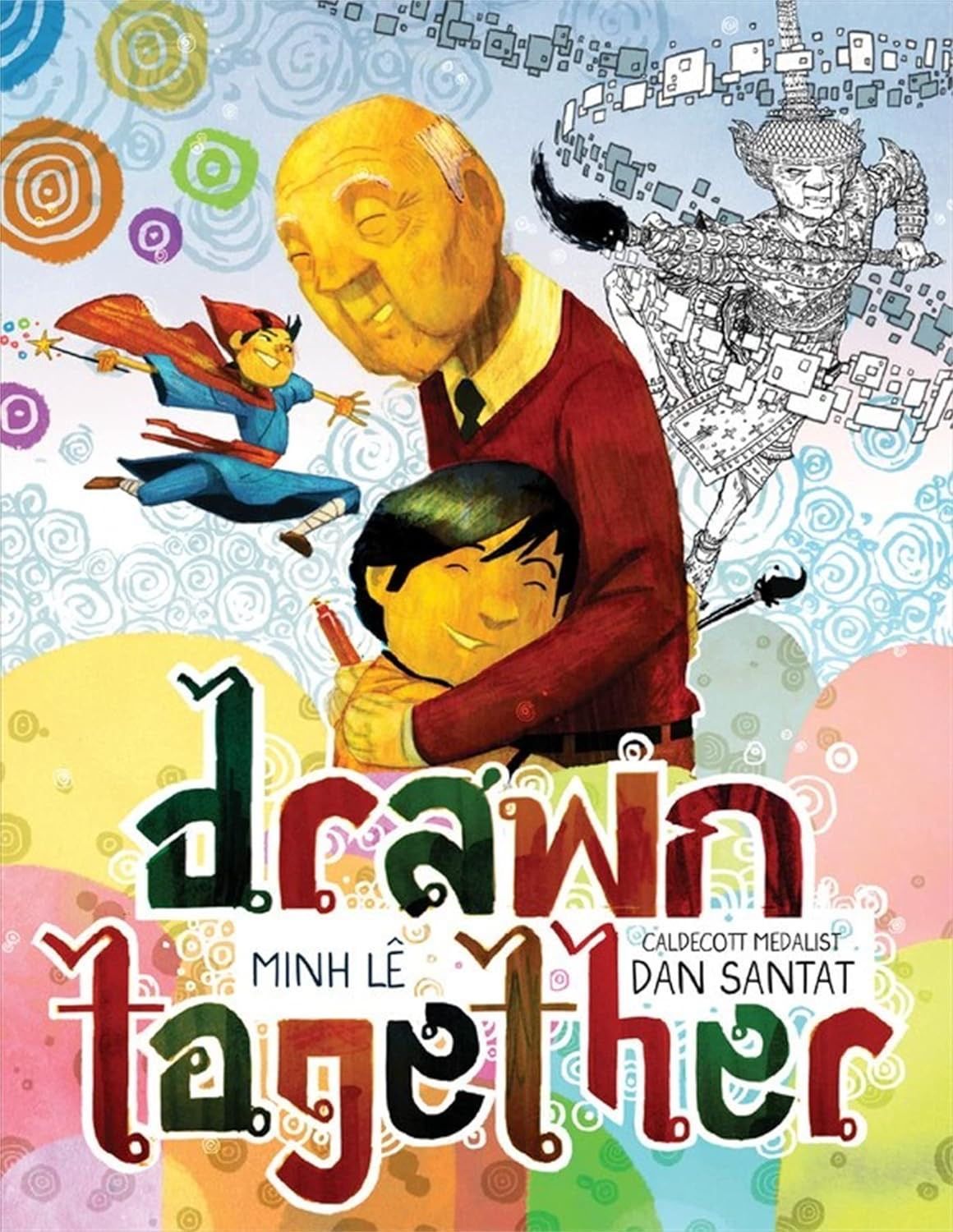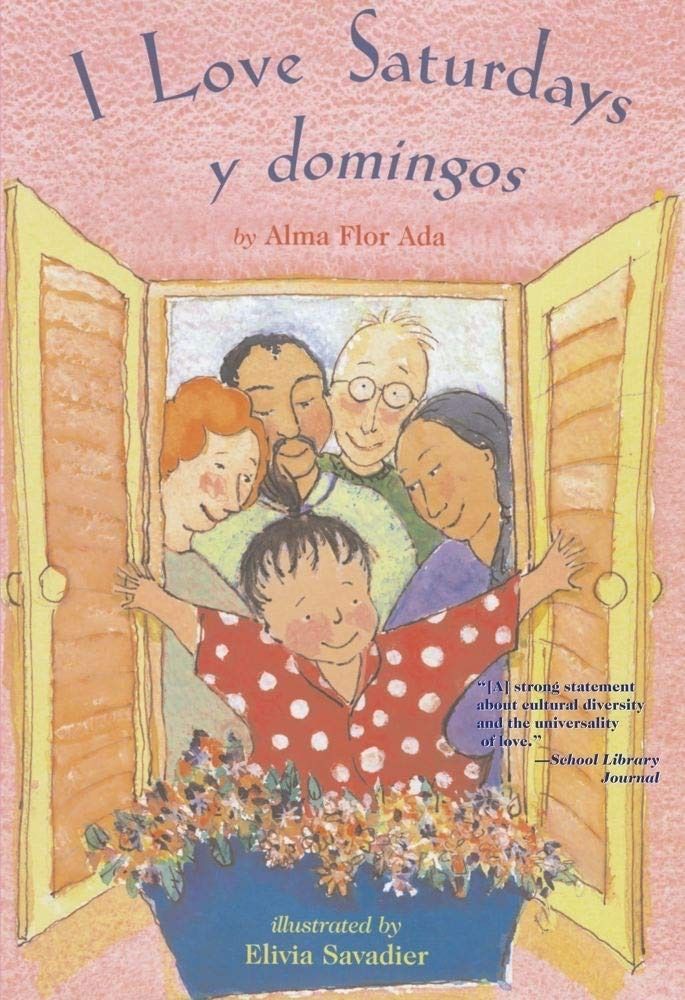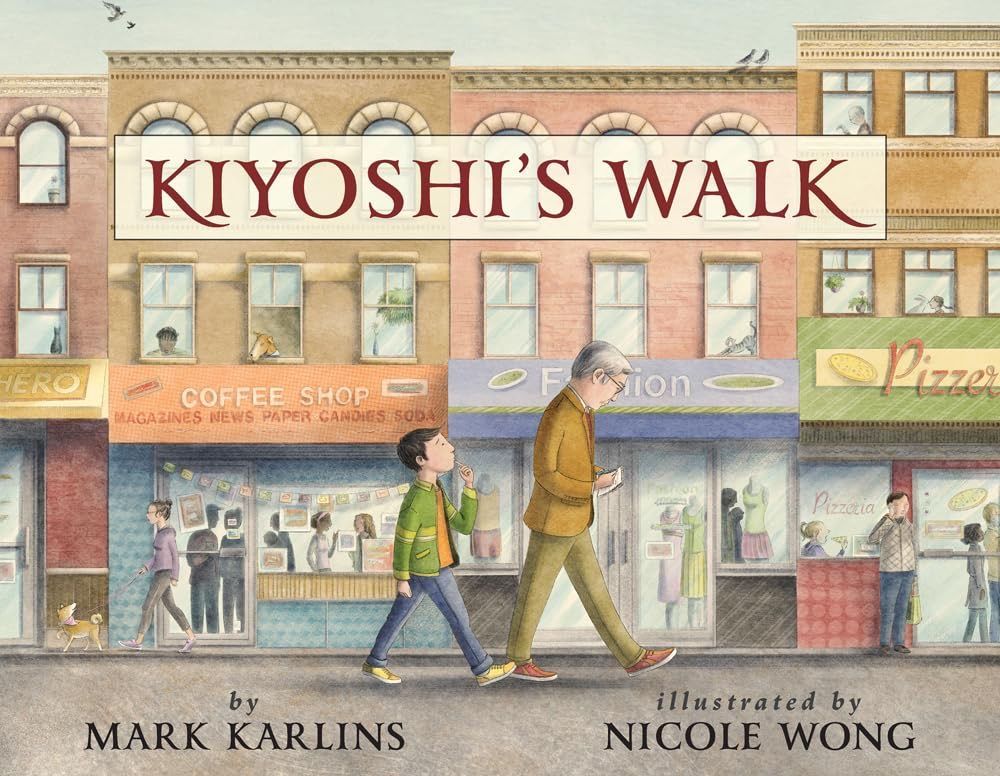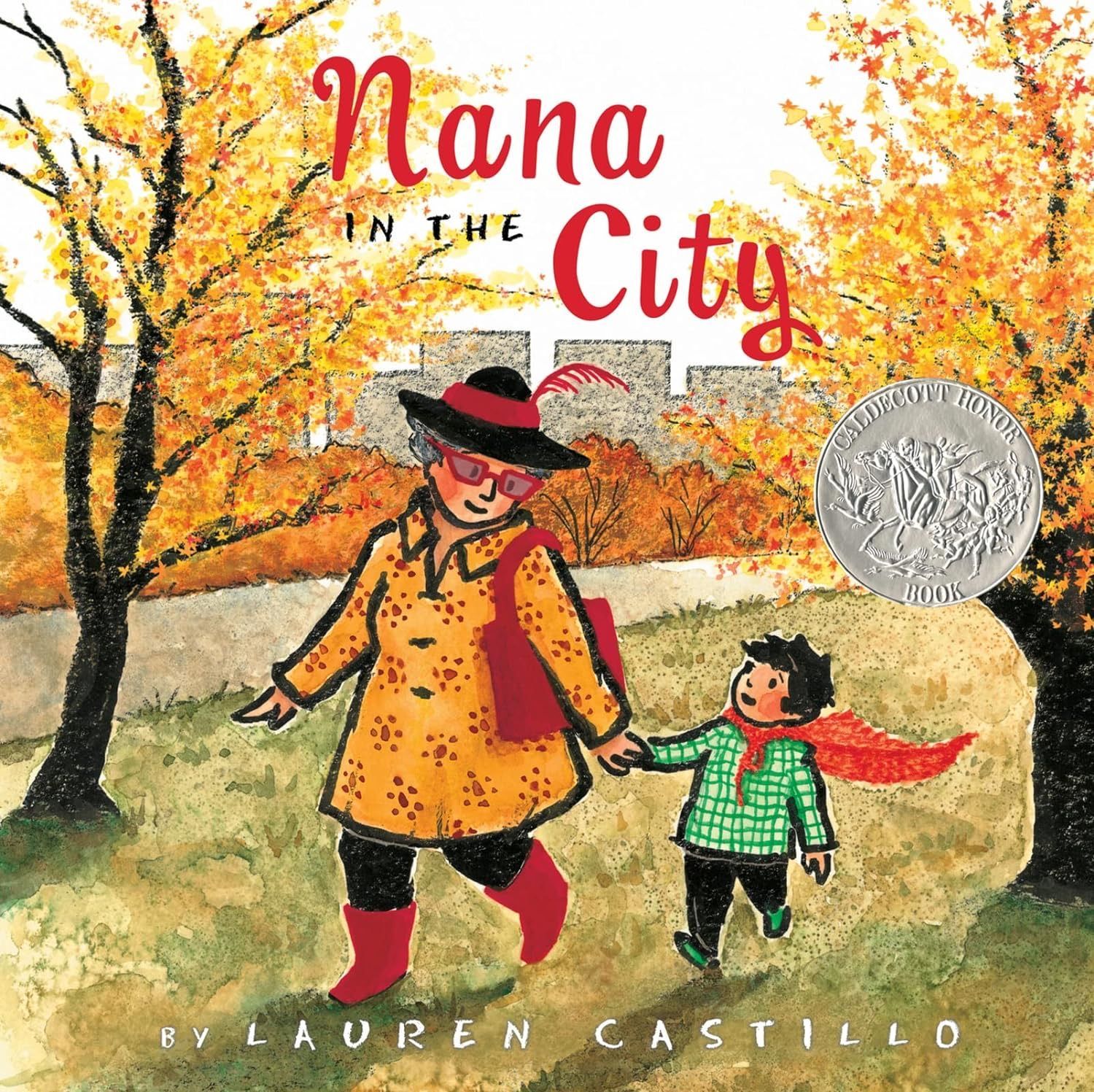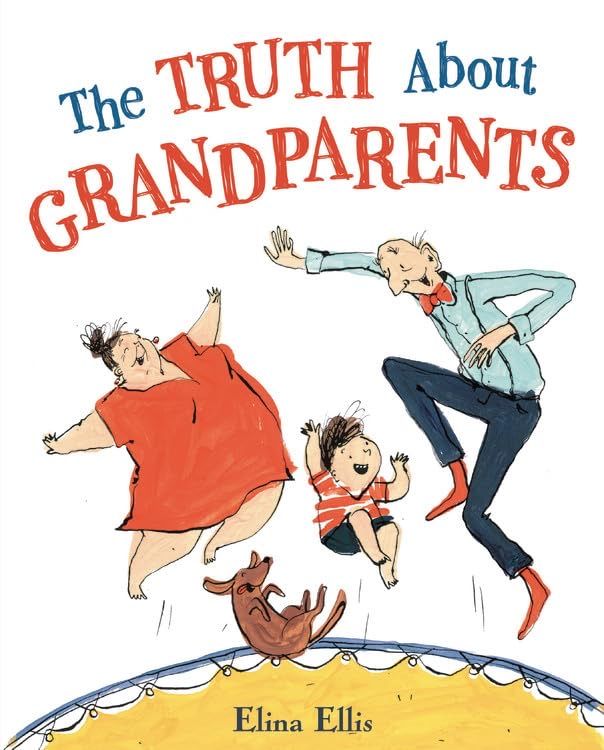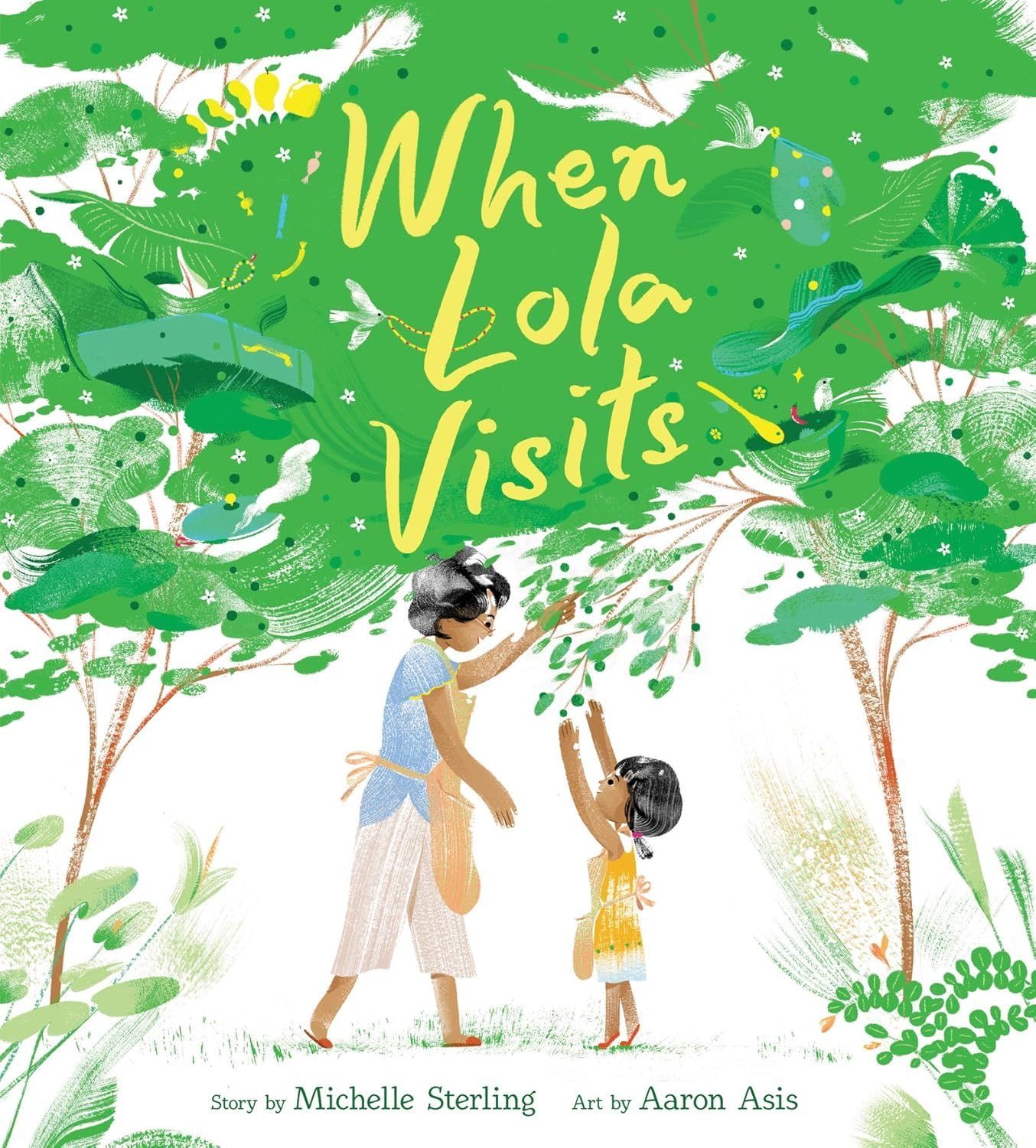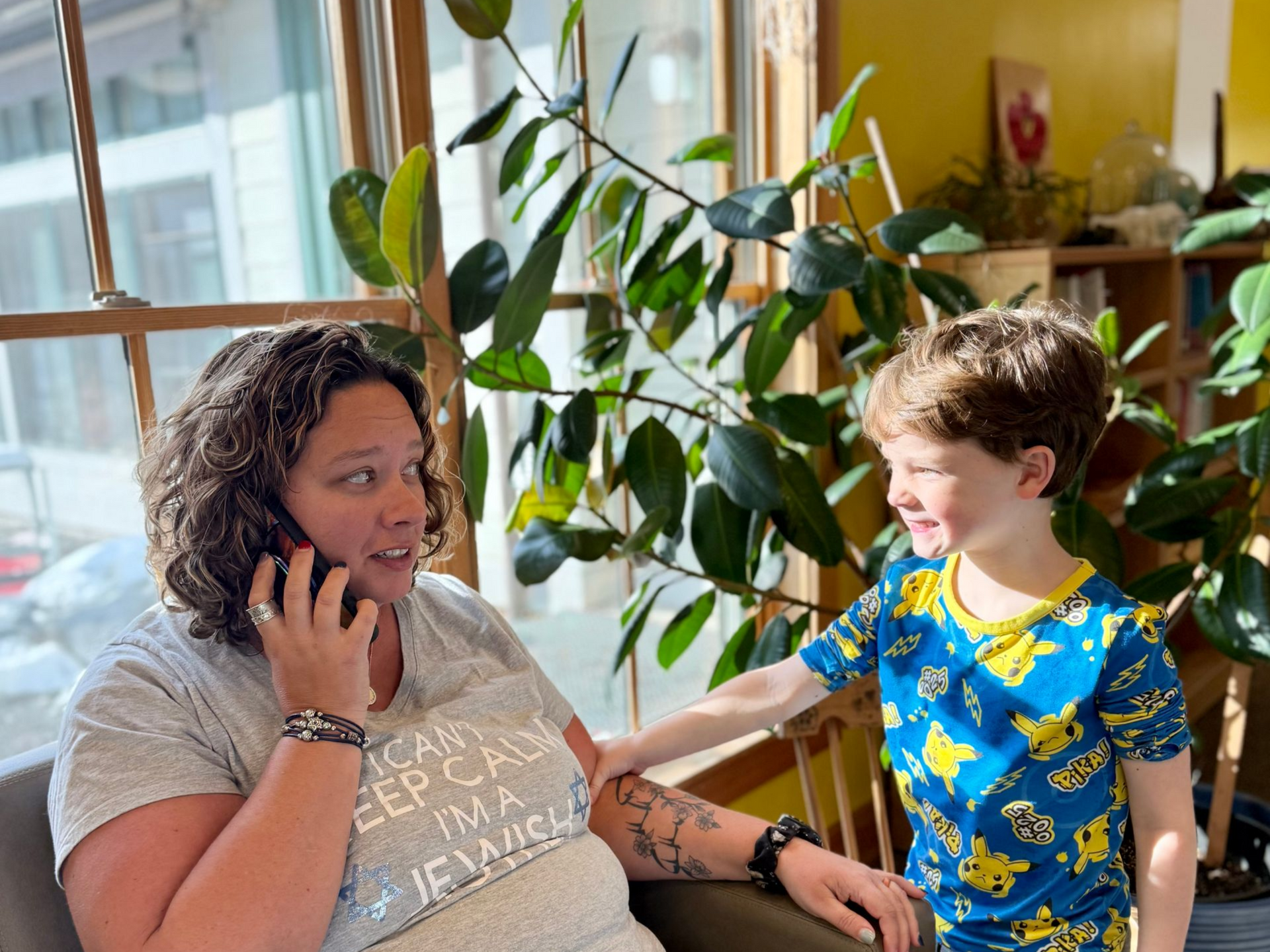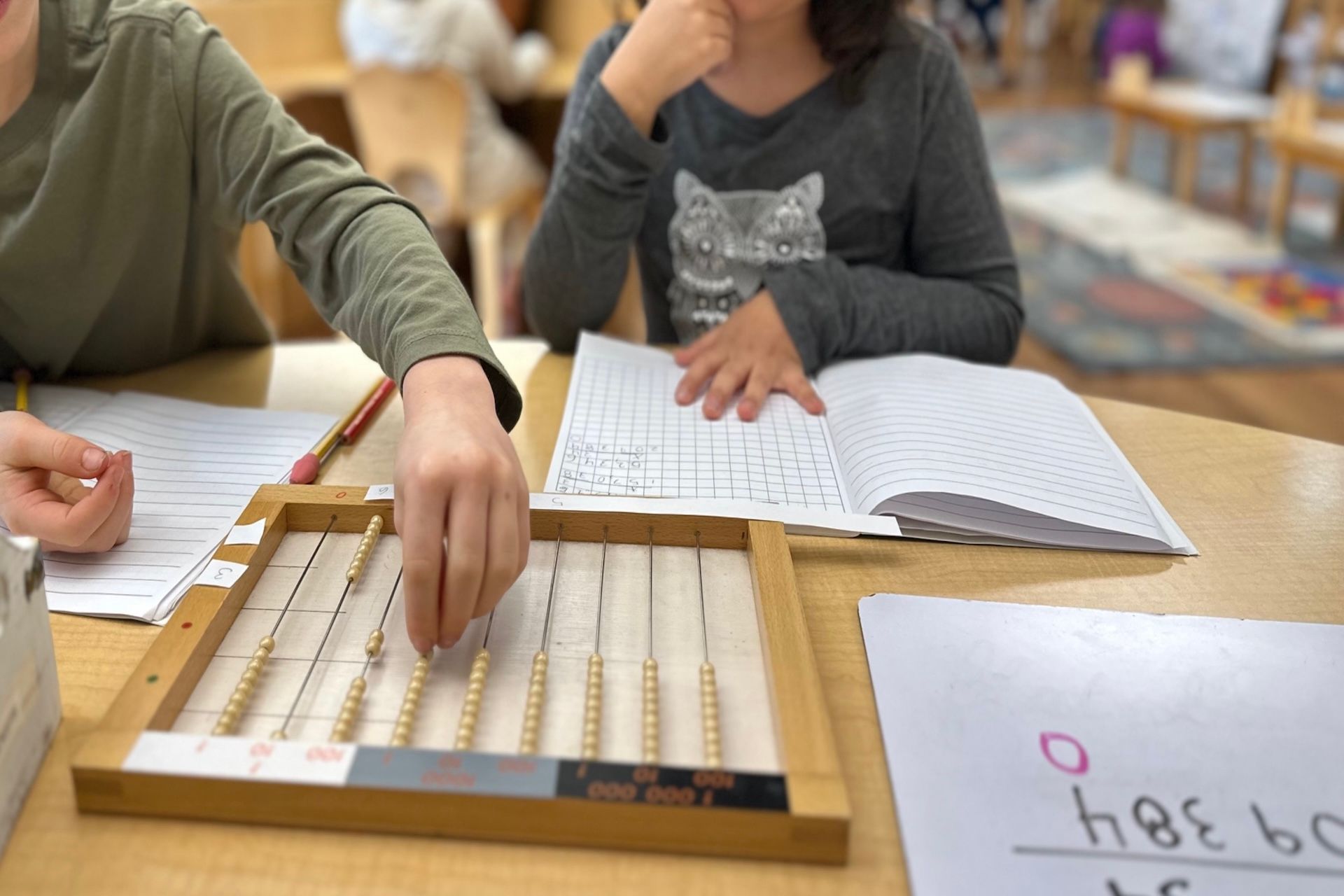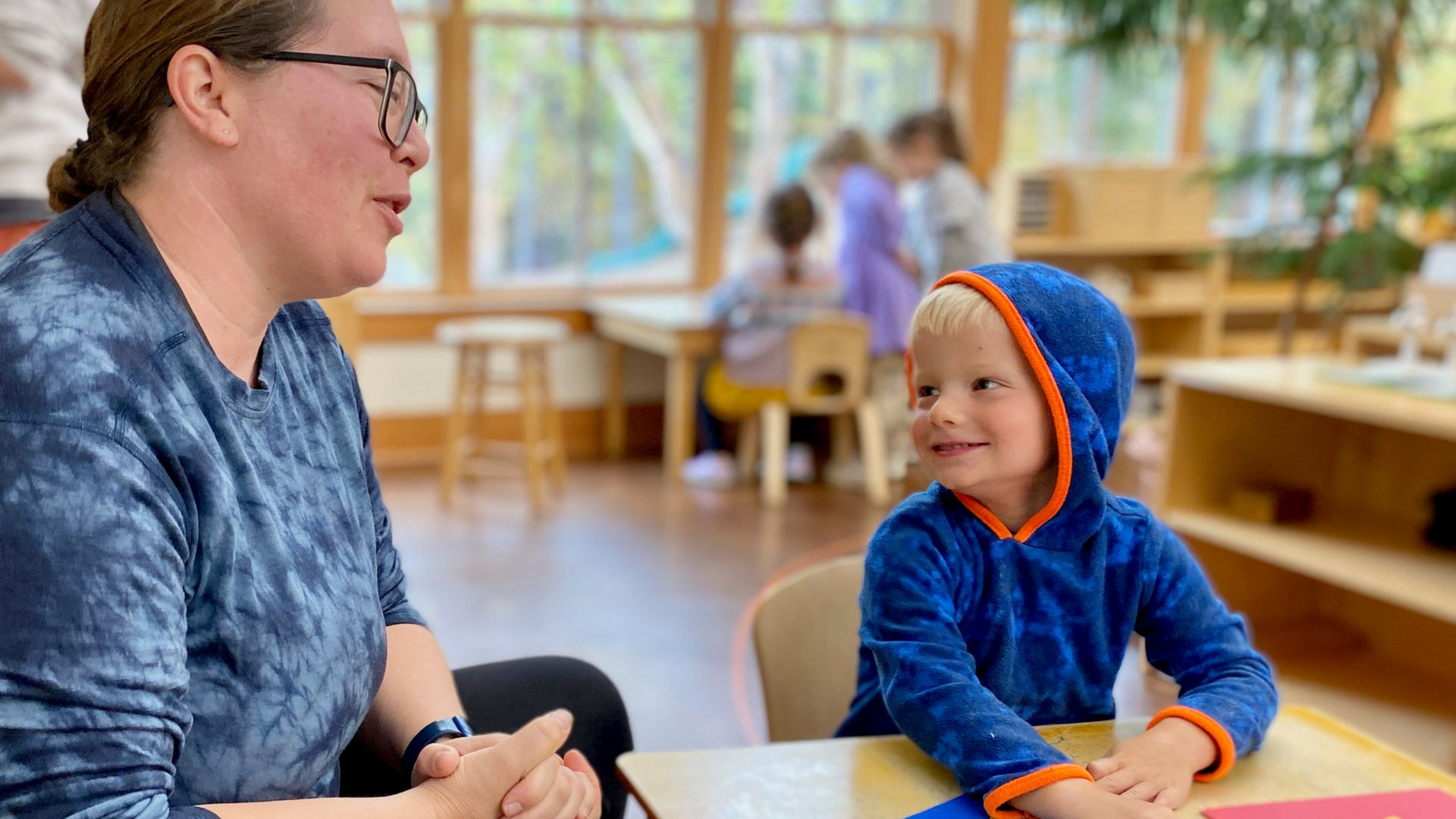Our Montessori Bookshelf: In Honor of Grandparents Day

Grandparents (and “grandfriends”) are such valuable parts of our children’s lives. In honor of Grandparents Day (September 8) and the desire to use the whole month to do “grand” things, we’re sharing our favorite picture books that highlight the value of connection between grandparents and their grandchildren.
We hope your children and their grandparents can perhaps share some time together, or at the very least that your children can read these books with you and reflect upon what they value about their grandparents. Maybe after reading these stories, grandparents and grandchildren can share and create their own stories together!
Drawn Together
by Minh Lê, Illustrated by Dan Santat
“Sometimes you don’t need words to find common ground.” This book perfectly illustrates this tagline. The story even starts without words, just images in the comic or graphic novel style of getting dropped off at his grandfather’s house. We see all the ways they don’t connect and yet when the boy decides to pull out some paper and draw, the grandfather gets his sketchbook. A whole new world opens up between them, and the narrator begins to use words to share the experiences of grandfather and grandson. The illustrations both show contrasting generational and cultural experiences and how a shared love for drawing can bridge a divide.
Kiyoshi's Walk
by Mark Karlins, Illustrated by Nicole Wong
In addition to being a lovely portrayal of how a wise, quiet grandfather helps his grandson discover his own answers to his questions, this book is an excellent introduction to haiku. The story begins with Kiyoshi watching his poet grandfather compose a haiku and wondering aloud where poems come from. His question leads grandfather and grandson on a neighborhood exploration full of wonder, connection, new poems, new questions, and ultimately profound insights.
The Ocean Calls: A Haenyeo Mermaid Story
by Tina M. Cho, Illustrated by Jess X. Snow
With a stunning use of color, The Ocean Calls reminds us of the power of patience and how traditions are passed from one generation to the next. Dayeon longs to be a treasure-hunting mermaid like her grandma, yet also holds deep fear from a previous experience in the ocean. Her “what if” questions are calmed by her grandmother’s calm presence and reminder about haenyeo tradition. Although subtle, the book also visually shares the power of a community of women serving as support.
The Truth About Grandparents
by Elina Ellis
If you are your children are in the mood for some fun-loving frolic, this book is just what you need! The child narrator introduces their “really old” grandparents (plus their “wrinkly faces” and “funny teeth”). While the words on the page state one thing that the narrator has heard about old people, the illustrations show the child’s experience sharing adventures and all sorts of fun with their grandparents. Full of zest and joy, this book can’t help but bring out some smiles (and maybe even some ideas of fun things to do together!).
Where Are You From?
by Yamile Saied Méndez, Illustrated by Jamie Kim
This is a perfect book for when children feel stumped by the question, “Where are you from?” The main character asks her Abuelo. What he shares is both beautiful and inspiring, reminding his granddaughter, and perhaps all of us, of the places and ancestors who are so much a part of who we are. But this expansive answer doesn’t satisfy his granddaughter who wants to know where she is really from. His answer captures the essence of who she is and where she is from and establishes the power of personal love and ancestral connection.
We hope you enjoy these books as much as we have!
Here is a printable copy of the list of books. We also love to have grandparents and grandfriends come to the school for a tour.
Contact us to set up a visit!




